
Come on, fess up!
You’ve done the unthinkable. You’ve let your beloved blog wither in the shadows of neglect.
Once a thriving haven of ideas and wisdom for your adoring readers, your blog is now just a wasteland of stale posts.
You’re bugged by the numbing guilt that you’ve let yourself down, and even worse, that you’ve let your readers down.
Will they even give a crap when they see your name pop into their flooded inboxes again? They’ve probably moved on. They’ve probably replaced you with someone they can count on.
Before you throw in the towel of defeat, know this — it’s not too late to fight for your blogging dream and claw back the attention of your readers.
But don’t just charge back into the arena frantically waving a flag.
Remember, it’s not who leaps in with chaotic enthusiasm who wins; it’s who plays the game with grit and strategy.
You Need to Get Your Head Back In the Game
Now’s the time to dive deep into your mind and clear the roadblocks that are waiting to trip you.
Maybe you regret letting your blog slip? Maybe you think it’s too late to save your blog? Maybe you fear that you’ve squandered any goodwill your readers had, and that they’ll never trust you again?
Make peace with the reason for your break. It could be as simple as a new baby, a new job, or a new relationship keeping you distracted. Or it could be deeper. Whatever the reason, revisit the passion that fueled you during your blogging honeymoon days and use it to add power to your comeback.
And stop inspecting the collateral damage of your neglected blog — plummeting traffic figures, zero social engagement, and the once steady stream of subscribers that’s now as dry as a river in a drought.
Focusing on the past sucks every ounce of energy you need to change your future. So throw aside any doubts, fears, and worries and look forward.
Concentrate on what needs to be done to make up for losses and get your blog humming again.
But you can’t just dive right back in. You need a plan.
13 Revival Tips That Will Restore Your Blog to Its Former Glory
I know you’re pumped to start blogging again, but you can’t just leap at your keyboard like an overzealous puppy.
Think about it — maybe your readers have moved on. Maybe they’re ticked off that you’ve left them hanging. Maybe they’re just not that into you anymore (gulp).
If you simply dive back in with blind faith and hope that your readers are still eagerly waiting for you, you’re setting yourself up for disappointment.
The strongest move is to map out your revival plan before your first play. I’m talking the whole kit and kaboodle — email sequence, blog posts, fancy relaunch ideas — all with the life or death seriousness of a Super Bowl final.
Remember, any game plan that’s worth its salt is cram-packed with tactics that cover all the bases.
Here are 13 tips to build into your plan to stack the odds in your favor.
Tip #1. Suck It Up and Apologize
Like yesterday’s news, you’re no longer at the top of your readers’ minds. You could leap about in your underpants while they’re blindfolded for all the attention they’ll give you when you email them again.
You must begin by re-engaging your neglected list. You need to win back their attention, trust, and respect. And the first step is to send them an email that says:
“I owe you an apology … ”
You need to tell your subscribers you’re sorry for letting them down and explain what has kept you away. And whatever you do, don’t fall into the trap of making excuses to cover your butt, even if your reasons seem trivial or selfish.
Own your absence with raw honesty and a heartfelt apology, and watch your vulnerability draw them back to you like a magnet.

Tip #2. Prove That You’ll Put Their Needs First
The next step to healing your relationship with your readers is to make them feel like you have their backs — that you’re listening to their specific issues and that you’ll do your best to help them.
Send them a survey with one meaningful and open-ended question. But don’t call it a survey. Ask them to tell you about their situation or to offer their opinion, and they’ll be more willing to play ball.
You can then use their answers to tailor your next few blog posts to their specific wants and needs, guaranteeing that you’ll win back their affection.
You can even go one step further by rolling up your sleeves and jumping on the phone with them. They’ll be stunned into adoration by the personal connection in our cold, digital world.
And these readers will turn into your biggest fans, opening every email and sharing your posts with their friends.

Tip #3. Win Back Their Affection With a Shiny New Gift
Now that your readers are paying attention, you’re ready for your next re-engagement play — the freebie.
Think of it like a relationship — you’ve rekindled the spark of attraction and you’ve shown you care by listening to their needs. So next, you win back their affection with a gift.
And make sure you tell them it’s free. The word “free” will set your readers’ pulses racing as it releases a flood of happy chemicals through their bodies that are impossible to ignore.
You could design a new report, cheat sheet, or checklist, but if you’re looking for a gift that packs a punch, try joining the online quiz craze. Tap into your readers’ innate curiosity to find out what type they are, how much they score, or which category they fall into.
You’ll restore trust and respect by demonstrating you’re on-trend with your content and grow your shrinking list at the same time, as quizzes are often shared like crazy.

Tip #4. Show Them a Crystal Ball
Let’s assume your readers totally dig you again. Even if you’re back on their radar, what’s to stop them getting distracted next time you contact them?
They could miss your email as they dizzy themselves scrolling past all the clutter in their inboxes. Or they could be sidelined by the unpredictability of life.
But there’s a way you can set a honey pot for their attention so they don’t drift away before you’ve become a sought-after fixture in their life again …
You can prime their minds to be on the lookout for everything you send.
Create an email that shows them the future and tells them what they can expect in the coming weeks. Drill down into the topics you’ve mapped out in your relaunch plan, and target the pains and desires they’ve shared with you in their survey responses.
Your email open rates will soar as they instantly recognize your email as familiar content that they’re waiting for. And they’ll like you more as you demonstrate you’ve listened to them.
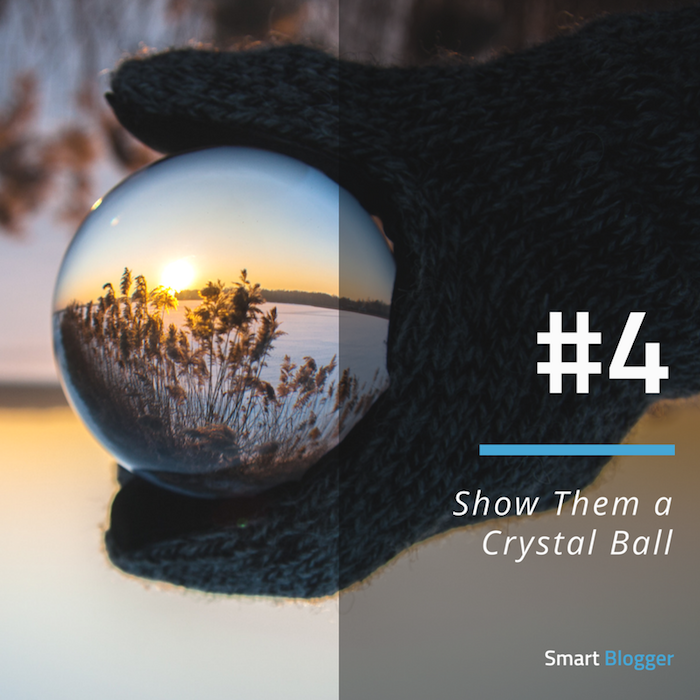
Tip #5. Be Bold and Boost Your Open Rate
The first few emails in your re-engagement plan are the keys that unlock your readers’ attention and draw them back to you. You need to get as many eyeballs on them as you can.
But if statistics are anything to go by, you probably won’t connect with up to 70% of your readers every time you email them.
Don’t leave it to chance. Be bold and resend the emails to unopens after 48 hours, sporting a new headline. The apology, the survey and the gift emails should be hot on top of your resend list.
Every one of those emails puts you back on your readers’ mental radar, boosting your chances of them opening your email next time.
You can also do this once you start sending them posts again.
Speaking of which …

Tip #6. Remind Them Why They Loved You So Much
You’re back in the saddle and now you’re picking up pace, but the journey is just beginning.
Remember, you’ve let your readers down, so you need to win back their trust. You need to remind them why they loved you so much in the first place.
The last thing you want to do is hit them with a bunch of fluff pieces or generic, rehashed content that leaves them feeling disappointed.
Your revival campaign should include at least three posts — let’s call ’em revival posts — that go above and beyond.
Write an ultimate guide that details every single step of an intricate process, create an epic manifesto that gets your readers’ blood pumping, or collect a huge number of insider secrets from influencers in your niche.
Your revival posts must be so jam-packed with value that they blow your readers’ minds and hook them to your blog again.

Tip #7. Name-Drop to Be Noticed
To run a successful revival campaign, you need to do more than just re-engage your list. You also need to make up for readers who chose to unsubscribe despite your valiant attempts to win back their hearts. Plus, you need to reconnect with other bloggers in your niche who think your blog is pushing up daisies.
You can hit three birds with one stone by making one of your revival posts an expert roundup.
You provide massive value to your readers, you let other bloggers know your blog is back in action, and since you give them an irresistible reason to share it, you’ll get a surge in traffic.
So gather multiple expert opinions together into a meaty post bulging with value and name-drop like mad. Send it to your list and to the experts who’ve participated, and triple-whammy the effect.
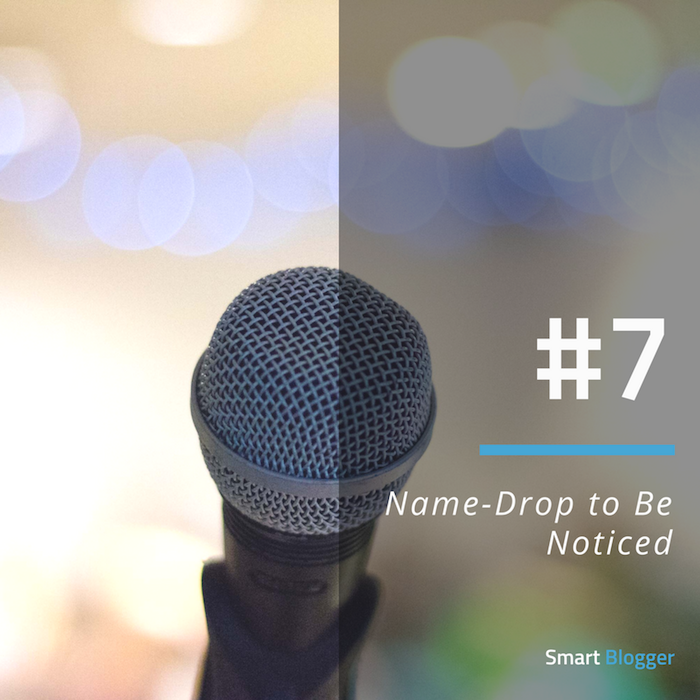
Tip #8. Make Yourself Impossible to Ignore
Imagine you’re taking a stroll through your neighborhood. You notice a big poster on a wall, but you pay it little attention. A block later, you see it again. And then again. This poster is plastered all throughout your neighborhood.
How many times do you think you’d have to see it before you stop and see what all the fuss is about?
The more you come across something, the more likely it is you’ll get curious enough to check it out. And your readers are the same way, so here’s what you do …
Write several guest posts for popular blogs and, if they’re accepted, tell the bloggers the posts are for a revival campaign. Ask if they could be published on the same date (give or take).
Chances are, your target audience frequents a number of blogs in your niche. Readers can be fickle creatures, and some may click through on the first post of yours they see while others won’t. But when they see you on the second, third and even the fourth blog they visit — well, now you’ve piqued their interest!
There’s no way they can ignore you when you’re everywhere.

Tip #9. Harness The Power of Social
Let’s face it — not everyone reads blogs yet. But there are millions of potential readers actively lapping up everything they see on Facebook. And ads are a hot way to reach these readers.
Sure, back in the dark ages of social media, only the technically minded would dare run a Facebook ad campaign. But Zuckerberg, being the smart cookie he is, realized he was making it too damn hard for us.
You don’t need to sit back and wait to be noticed any longer. You can take your posts to these hungry new readers — or send them a landing page offering them a bribe to subscribe — by running ad campaigns with minimal pain or risk.
Here’s a tip — don’t just use a scattergun approach, select the audience you’re going to target by interest and demographic. You can even set small daily limits, so you don’t spend the day panicking that you’re draining your life savings.
You’ll rebuild that crumbling list in no time.

Tip #10. Give Your Blog a Face Lift
Beauty turns heads. It sets our hearts fluttering, and our brains read that feeling as a positive sign.
Before you invest hours into writing guest posts and dollars into running Facebook ads, ask yourself this — does your blog still look okay?
Perhaps your fonts, headers, and buttons now resemble last year’s uncool fashions. Or maybe the design still holds up, but your outdated theme is snail-slow to load.
If your blog design is a mess, you might give your blog a makeover before you start your re-engagement campaign. After all, your readers aren’t really expecting to hear from you right now, so it’s the perfect opportunity to invest some time in it.
Not only will your new design make a better impression on the new visitors you’re getting from your guest posts and Facebook ads, but it also sends your existing readers a signal that you’re serious about being back.
Be sure to add your face lift announcement to your relaunch strategy in one of your re-engagement emails.

Tip #11. Switch Your Hobby Hat for a Business Hat
Have you ever had a grand plan to do something, felt an immense surge of motivation, and then slipped back to your old ways?
It’s the sticky trap of old habits. And they’re lurking nearby, ready to thwart your plans of a blog revival the split second you lose focus.
By treating your blog as a hobby, you’re weakening your defenses against the same old mistakes you’ve made in the past. You need to get serious to keep up momentum.
Let’s face it — blogs take a painstaking number of hours of behind-the-scenes grunt work to stay well oiled. And to stand out from the crazy millions of mediocre blogs out there, you need to keep your foot on the pedal.

To stand out from the crazy millions of mediocre blogs, you need to keep your foot on the pedal. (
Tweet This)
Flitting in and out of your blog with whimsical notions of creativity and abundance ain’t gonna cut it. Shift your mindset from hobby to business by blocking time aside to work on it, creating to-do lists, and planning your content strategy. Your results will speak for themselves.

Tip #12. Jump on the Weekly Roundup Bandwagon
You’ve executed all the big moves in your comeback strategy, and now your energy is waning. Keeping up momentum can become a struggle as you get overwhelmed by producing weekly content.
It’s daunting — you see all the big players sending steady streams of amazing posts to their readers, and it strangles your confidence. “How can I maintain a regular schedule of riveting content?” you wonder.
Easy! There’s a growing trend in weekly roundup emails for a good reason — your readers are suffering from content overload.
So make their life a little easier, and they’ll love you for it. Become a trusted source of the latest and greatest content in your niche by offering a weekly roundup email straight to their inboxes.
It’s also a cunning energy-preserving tactic that allows you play the long game.
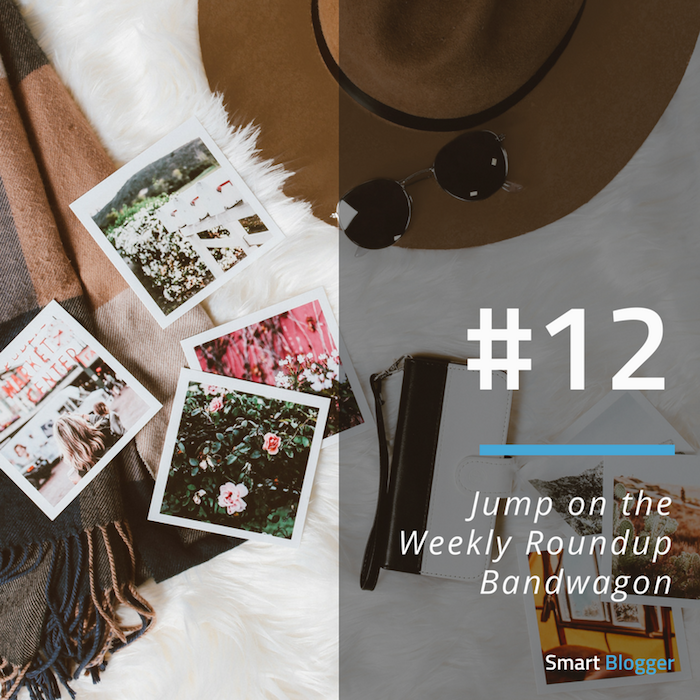
Tip #13. Safeguard Yourself from Slipping Again
As with any long game, you need to replenish your resources to succeed.
But being a blogger can be lonely. It can be hard to feel inspired when your coffee buddies are your keyboard and monitor and your office manager is your pooch.
Build a safety net to prevent yourself from slipping back into your old ways by surrounding yourself with people who inspire you, support you, and keep you accountable.
Feed your mind by joining online communities pumping with engaged members who stimulate your thoughts and generate intelligent discussion on topics in your niche. They’re the perfect place to find accountability partners or to jump into mastermind groups that will keep you in the right mental groove.
Restoring your energy and passion will spark inspiration for longer, deeper posts and allow your blog to evolve with your audience well into the future. And having people in your corner will ensure you keep your momentum from here on out.

Ready to Get Back in the Game?
The churn in your gut as you think about your neglected blog makes you nauseous.
Following the path of least resistance and turning your back on it would be so damn easy. Nobody would even notice as you slipped silently into the recesses of binary code.
There’s one person who’d notice, though — you — and it would gnaw at your soul.
You can do this. Really, you can.
With a healthy dose of preparation, you’re sure to pull together a winning comeback strategy.
With a bit of resourcefulness, you’ll have months of content at your fingertips.
With hard work, strategy, and grit, you’ll win back your reader’s hearts, and your blog will be hustling and bustling once again.
So go on — get your head in the game, construct your plan, apologize and stage a comeback that you can once again hang your blogging dreams upon.
Your pride is counting on you.
Your readers are counting on you.
About the Author: Miranda Hill is a writer and coach who helps life-hungry souls get unstuck from the chaos of life. If you want to stop spinning your wheels, hopping from one thing to the next in search of answers, take her “
De-Stress in 5 Minutes” quiz and start living a life you love.
from
https://smartblogger.com/revive-your-blog/






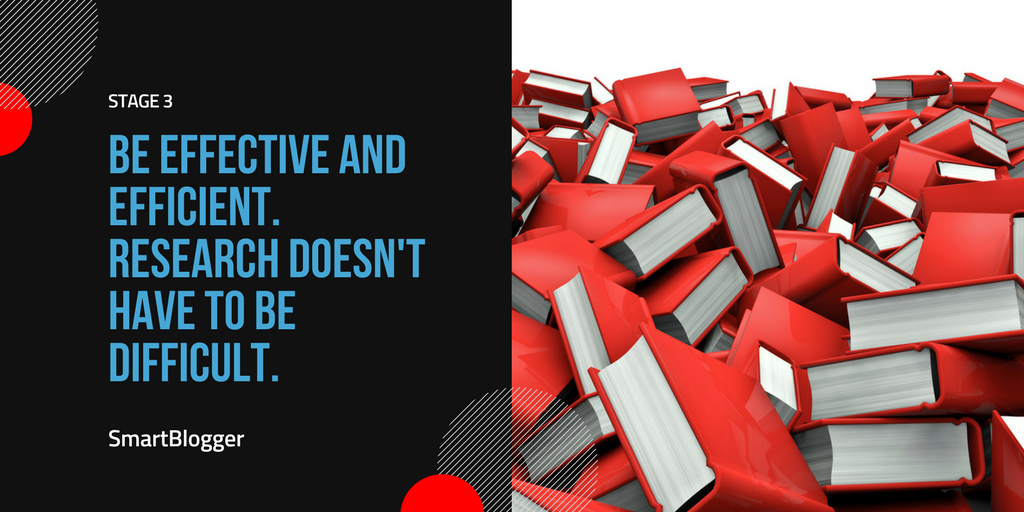



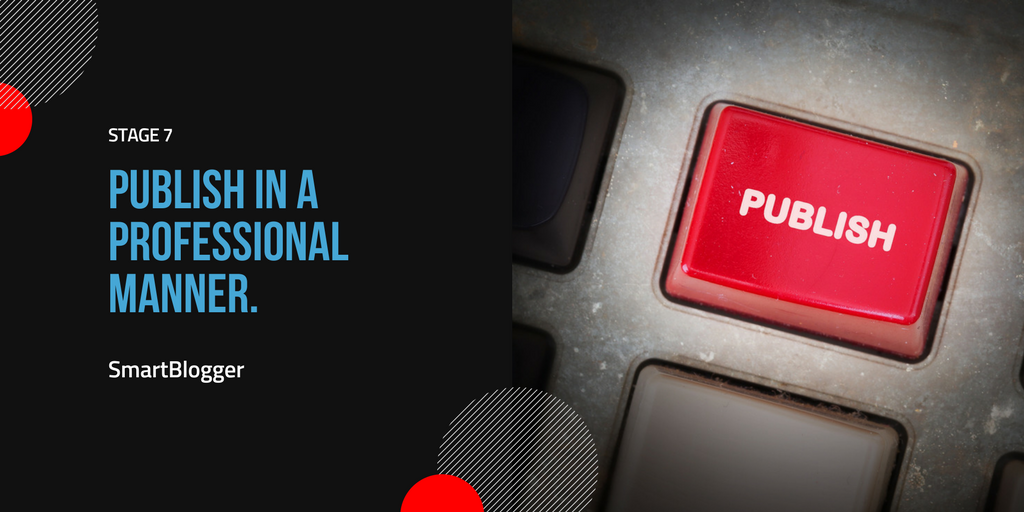
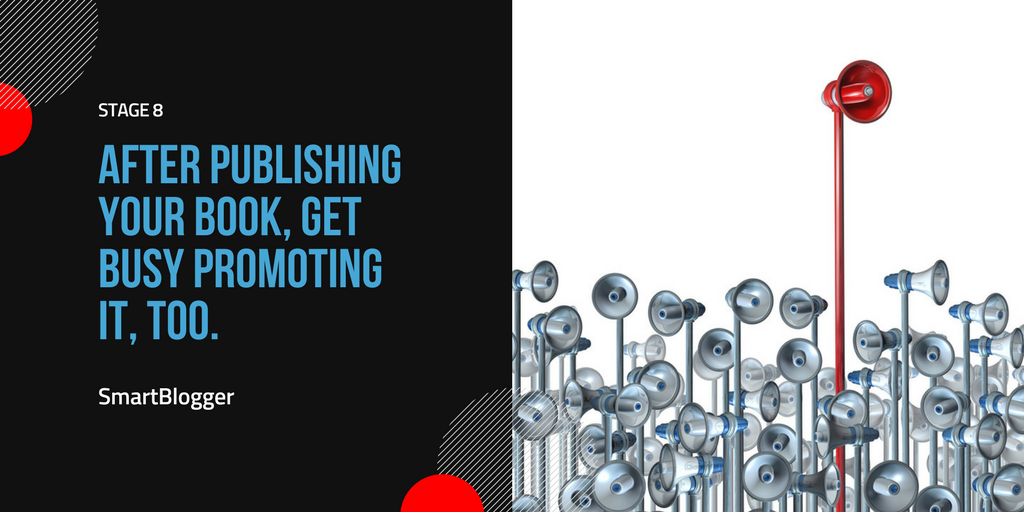












 To stand out from the crazy millions of mediocre blogs, you need to keep your foot on the pedal. (
To stand out from the crazy millions of mediocre blogs, you need to keep your foot on the pedal. (


